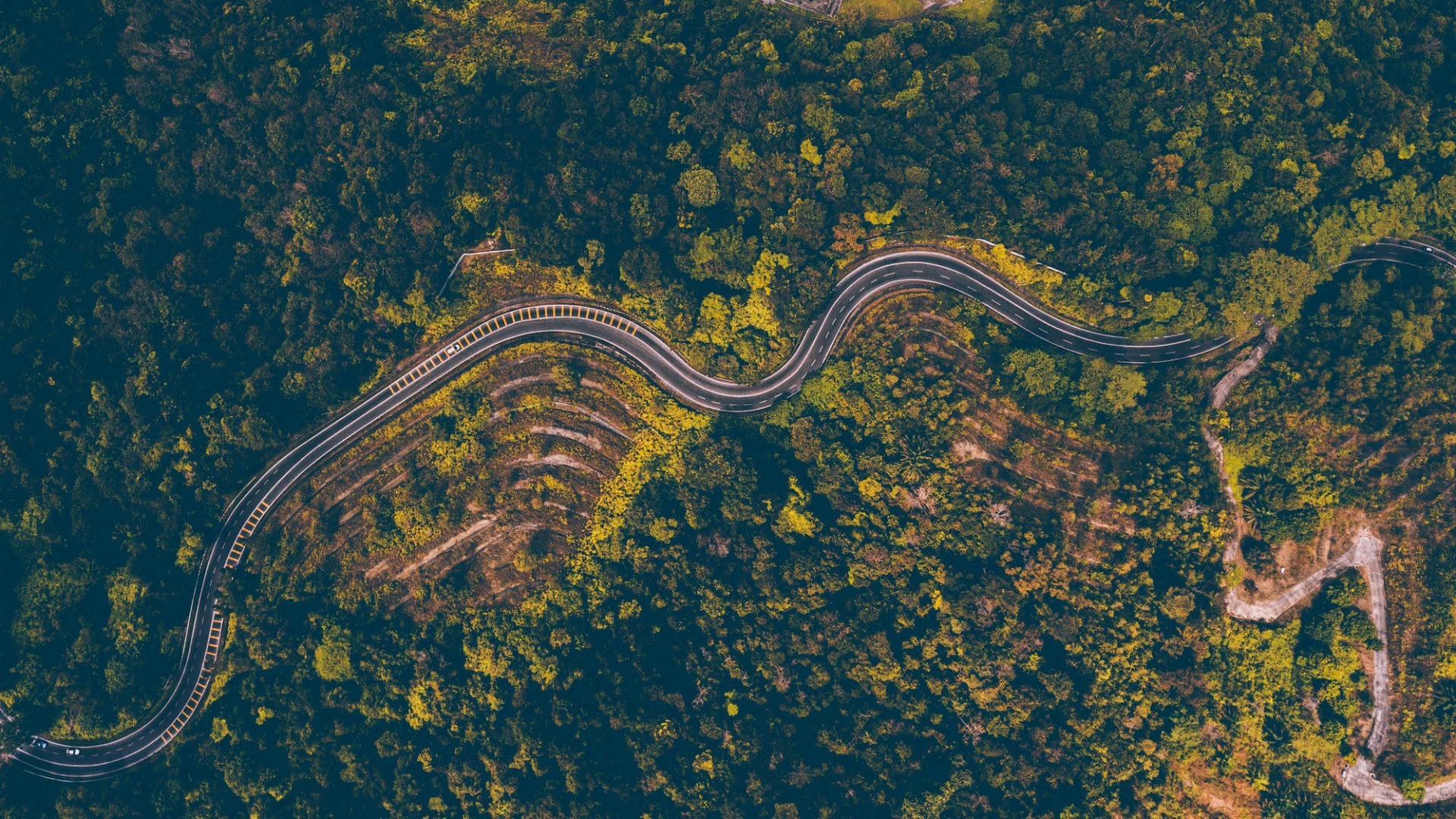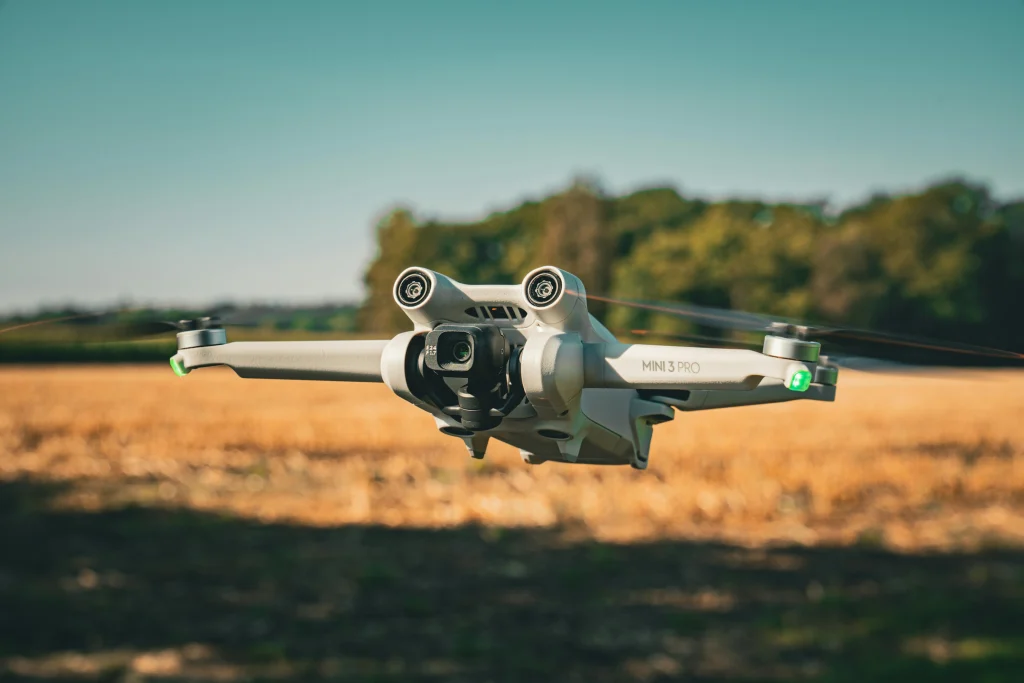Drone photography has opened up a whole new world of possibilities for capturing breathtaking landscapes and unique perspectives. Whether you’re new to drones or looking to improve your aerial shots, these tips will help you make the most of your drone’s capabilities and capture stunning photos from above.

1. Choose the Right Time of Day
Lighting plays a crucial role in aerial photography. The best times for capturing high-quality images are during the Golden Hour—the hour after sunrise and before sunset—when the light is soft and creates beautiful, natural shadows. Shooting at midday can result in harsh lighting and less depth, so if possible, avoid this time for aerial shots.
2. Use a High-Quality Drone Camera
Drones come with different camera qualities, so choosing one with high-resolution capability is essential for capturing sharp, detailed images. Drones like the DJI Air 2S or DJI Mavic 3 are equipped with advanced sensors, allowing you to shoot in 4K or even 5K resolution. These high-resolution options give you greater flexibility in post-processing and ensure your images look professional.
3. Optimize Your Camera Settings
Just as with traditional cameras, adjusting your drone’s camera settings can dramatically impact image quality:
- ISO: Keep it as low as possible to avoid noise, typically between 100 and 400.
- Shutter Speed: Use a faster shutter speed to prevent motion blur, especially in windy conditions.
- Aperture: Adjust the aperture depending on the lighting and depth you want. Lower apertures create softer backgrounds, while higher apertures keep the scene in focus.
Experiment with these settings to find what works best for different lighting conditions.
4. Plan Your Shots
Good aerial photography involves planning. Use tools like Google Earth or drone-specific apps to scout locations and study the landscape before heading out. Planning allows you to identify the best spots for capturing key elements like water, forests, or architecture, ensuring your photos are composed thoughtfully and convey the scene’s full potential.
5. Utilize the Rule of Thirds
Composition is as important in aerial photography as it is in traditional photography. Enable your drone’s grid overlay to divide the frame into a 3×3 grid and position your main subjects along the lines or intersections to create a balanced, engaging image. Placing the horizon on the upper or lower third line can also give your photos a more professional look.
6. Focus on Patterns and Symmetry
Aerial photography is perfect for capturing patterns, shapes, and symmetry that aren’t visible from ground level. Look for interesting patterns in natural landscapes, like rivers winding through forests, or symmetry in city layouts. These elements can make your images visually striking and emphasize the unique perspective that drones offer.
7. Use ND Filters for Better Control in Bright Conditions
Neutral Density (ND) filters are essential when shooting in bright daylight. They help reduce the amount of light entering the camera, allowing you to use slower shutter speeds and achieve more balanced exposure without overexposing your images. Most popular drone models offer ND filters as accessories, and they’re an invaluable tool for aerial photographers.
8. Avoid Overcrowded Areas
For safety and legal reasons, avoid flying over crowded areas or sensitive locations. Not only will this keep your drone safe, but it also ensures a smoother shooting experience. Many drones have built-in GPS-based geofencing that prevents them from flying in restricted zones, so be aware of these restrictions to avoid issues.
9. Master Post-Processing for Aerial Photos
Editing can take your aerial photos to the next level. Programs like Adobe Lightroom and Photoshop allow you to enhance colors, adjust contrast, and correct exposure. Use these tools to highlight the natural beauty in your shots and bring out the depth and detail that may not be immediately visible. Subtle tweaks can significantly enhance the overall quality of your images.
10. Practice, Practice, Practice
Like any photography style, aerial photography improves with practice. Spend time flying your drone in different environments, experimenting with various angles, and familiarizing yourself with the controls. The more comfortable you become, the easier it will be to focus on composition and creativity, ultimately improving your results.
Conclusion
Aerial photography offers a unique perspective that lets you capture stunning visuals of the world from above. By following these tips on timing, composition, camera settings, and post-processing, you’ll be well on your way to creating captivating drone photos that stand out. Whether you’re photographing landscapes, cityscapes, or abstract patterns, mastering drone photography opens up endless possibilities for creative expression.


